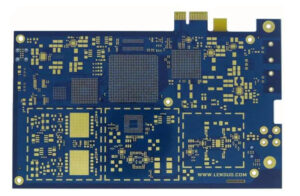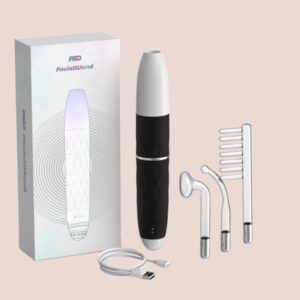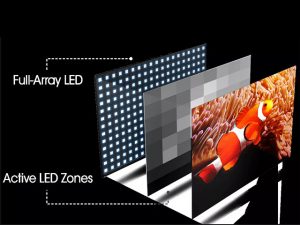
In today’s market, selecting LED display requires careful consideration, as this decision plays a pivotal role in determining the ultimate performance of LED displays. In this blog, we will explore nine crucial aspects to guide you through the selection process.
1. Brightness of LEDs:
Brightness is the foremost consideration in the LED industry. Uniform brightness is essential for achieving impressive display results. It’s worth noting that different brightness levels come with varying price tags.
2. Wavelength Consistency:
LEDs with consistent wavelengths that produce uniform colors tend to be more expensive. Manufacturers without spectrophotometers may struggle to produce color-accurate products.
3. Anti-Static Capability:
LED displays with strong anti-static capabilities tend to have longer lifespans, making them pricier. Typically, LEDs with an anti-static rating exceeding 700V are preferred.
4. Lifespan and Luminous Decay:
Lifespan is a critical factor that depends on luminous decay. LEDs with minimal luminous decay have longer lifespans, which can result in higher prices.
5. Leakage Current:
LEDs with high leakage currents tend to have shorter lifespans and lower prices. LEDs should ideally only conduct electricity in one direction; any reverse current indicates leakage.
6. Viewing Angle:
LED displays designed for different purposes may have varying viewing angles. Specialized viewing angles can contribute to higher prices.
7. Chip Size:
LED chip sizes are typically represented by their dimensions, with common sizes falling between 38-45. Larger chip LED displays often boast superior quality, and prices tend to scale with chip size.
8. Chip Origin:
The origin of the LED display chips is a significant factor. Imported chips, especially those from Japan or the United States, tend to be more expensive than chips from Taiwan or local Chinese manufacturers. Different chips can lead to substantial price differences.
9. Encapsulation Material:
The encapsulation material used in LED displays typically consists of epoxy resin. However, LEDs with added UV resistance and fire-resistant properties command higher prices.
These nine factors serve as a comprehensive guide for consumers looking to select LED display point sources and LEDs. They are equally crucial for LED display manufacturers, as each aspect plays a pivotal role in determining the success or failure of the final LED display product.
Conclusion:
Choosing the right LED display is a critical step in achieving the desired performance and longevity for your project. By carefully considering factors .You can make informed decisions that lead to a high-quality LED display that meets your specific needs. Whether you’re a consumer or a manufacturer, these nine tips will help you navigate the complexities of the LED display market and ensure the success of your LED display projects.




